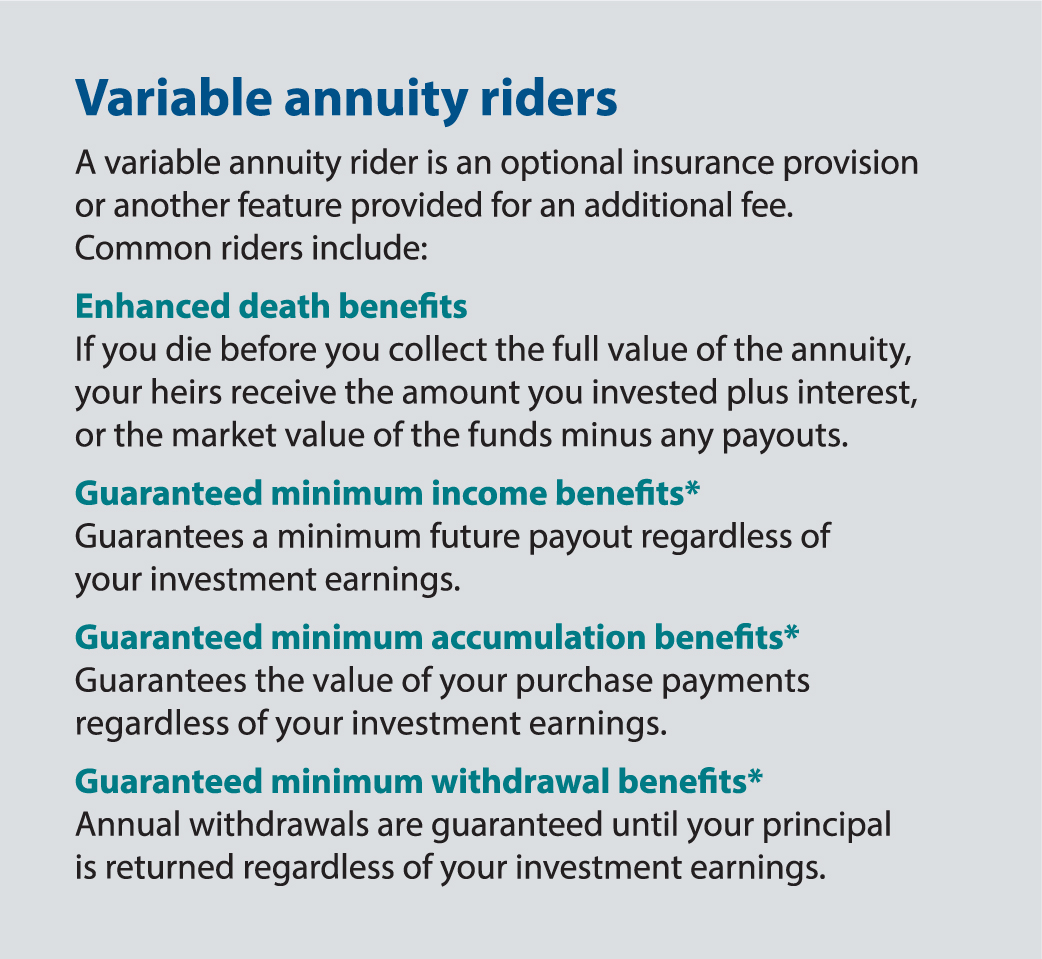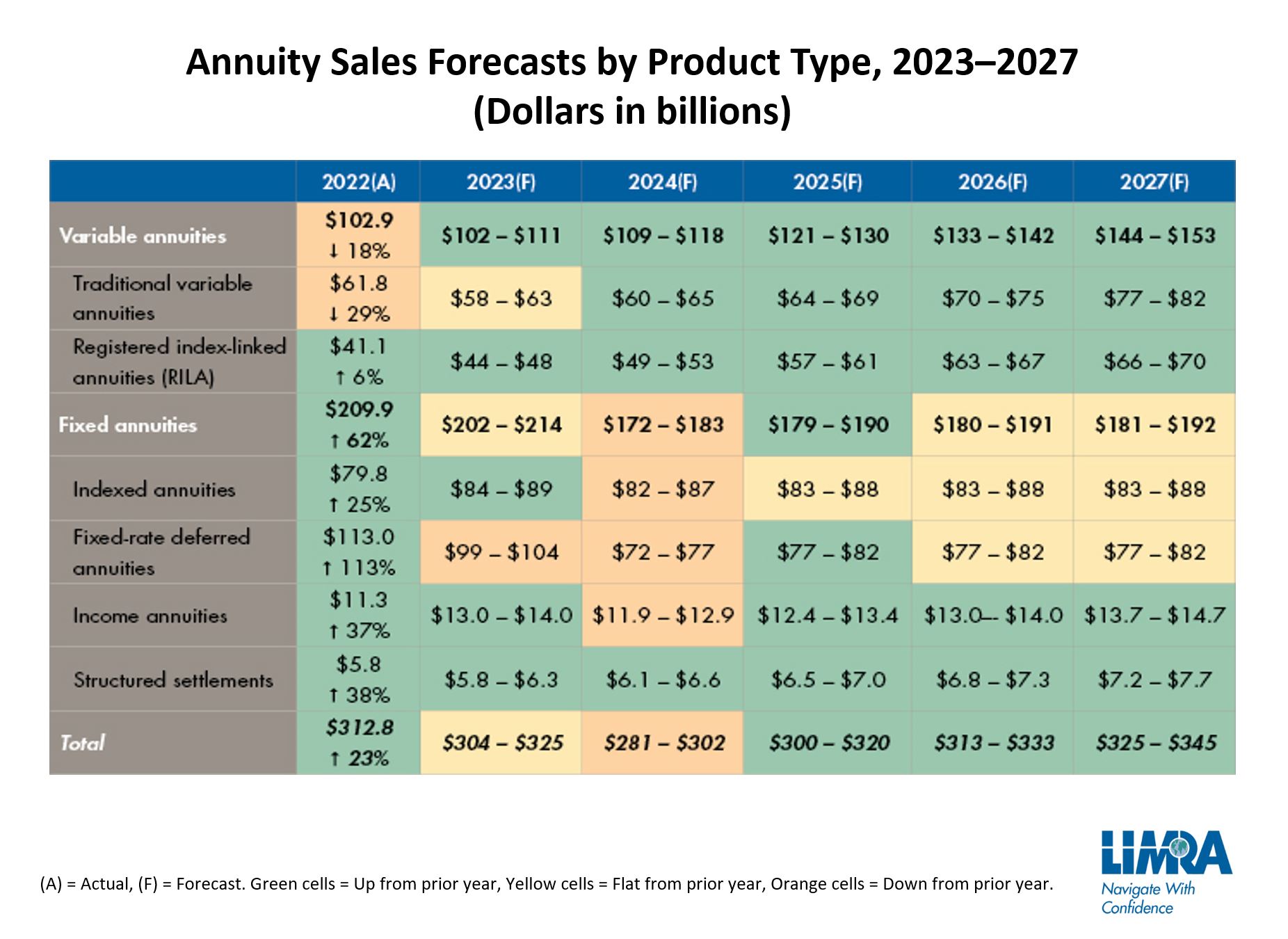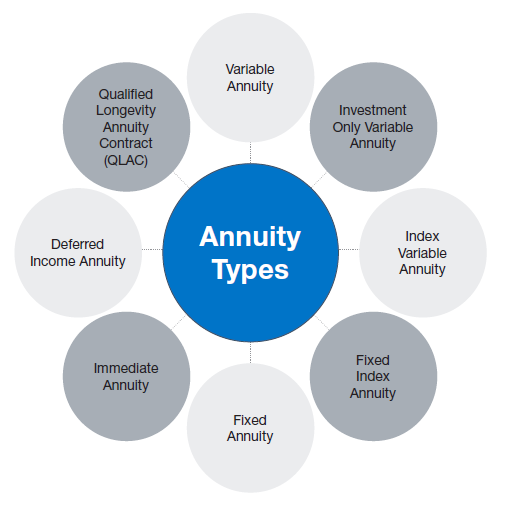All Categories
Featured
Table of Contents
Equally as with a fixed annuity, the owner of a variable annuity pays an insurer a swelling amount or collection of payments for the pledge of a collection of future payments in return. But as mentioned above, while a taken care of annuity grows at a guaranteed, consistent price, a variable annuity grows at a variable rate that relies on the performance of the underlying financial investments, called sub-accounts.

During the buildup stage, assets bought variable annuity sub-accounts expand on a tax-deferred basis and are tired only when the contract proprietor takes out those incomes from the account. After the accumulation phase comes the income phase. With time, variable annuity possessions ought to in theory enhance in value until the contract proprietor decides he or she want to begin withdrawing money from the account.
The most considerable problem that variable annuities commonly existing is high price. Variable annuities have numerous layers of fees and expenses that can, in accumulation, develop a drag of up to 3-4% of the contract's worth each year.
Exploring the Basics of Retirement Options Key Insights on Variable Vs Fixed Annuity What Is Tax Benefits Of Fixed Vs Variable Annuities? Pros and Cons of Various Financial Options Why Annuity Fixed Vs Variable Is a Smart Choice Retirement Income Fixed Vs Variable Annuity: How It Works Key Differences Between Fixed Annuity Vs Variable Annuity Understanding the Rewards of Indexed Annuity Vs Fixed Annuity Who Should Consider Strategic Financial Planning? Tips for Choosing the Best Investment Strategy FAQs About Variable Annuity Vs Fixed Indexed Annuity Common Mistakes to Avoid When Planning Your Retirement Financial Planning Simplified: Understanding Variable Vs Fixed Annuities A Beginner’s Guide to Smart Investment Decisions A Closer Look at How to Build a Retirement Plan
M&E cost fees are calculated as a portion of the agreement value Annuity issuers pass on recordkeeping and various other administrative costs to the agreement owner. This can be in the type of a flat annual fee or a percent of the contract value. Management fees might be included as component of the M&E threat charge or might be assessed separately.
These charges can range from 0.1% for passive funds to 1.5% or even more for proactively handled funds. Annuity contracts can be personalized in a variety of means to serve the particular needs of the contract owner. Some usual variable annuity riders consist of guaranteed minimum build-up benefit (GMAB), ensured minimum withdrawal advantage (GMWB), and ensured minimum revenue benefit (GMIB).

Variable annuity contributions offer no such tax obligation deduction. Variable annuities often tend to be very ineffective lorries for passing riches to the future generation due to the fact that they do not appreciate a cost-basis modification when the initial agreement proprietor passes away. When the owner of a taxable financial investment account dies, the expense bases of the investments kept in the account are gotten used to show the marketplace costs of those investments at the time of the proprietor's fatality.
Decoding How Investment Plans Work A Closer Look at Fixed Vs Variable Annuity Pros Cons Breaking Down the Basics of Fixed Index Annuity Vs Variable Annuity Pros and Cons of Fixed Index Annuity Vs Variable Annuity Why Choosing the Right Financial Strategy Is a Smart Choice Annuity Fixed Vs Variable: Simplified Key Differences Between Different Financial Strategies Understanding the Key Features of Variable Annuities Vs Fixed Annuities Who Should Consider Variable Annuities Vs Fixed Annuities? Tips for Choosing the Best Investment Strategy FAQs About Fixed Vs Variable Annuity Pros And Cons Common Mistakes to Avoid When Planning Your Retirement Financial Planning Simplified: Understanding Variable Vs Fixed Annuities A Beginner’s Guide to Smart Investment Decisions A Closer Look at How to Build a Retirement Plan
Such is not the instance with variable annuities. Investments held within a variable annuity do not obtain a cost-basis adjustment when the original proprietor of the annuity dies.
One significant problem associated with variable annuities is the possibility for conflicts of rate of interest that may feed on the component of annuity salesmen. Unlike a monetary expert, who has a fiduciary task to make financial investment decisions that benefit the customer, an insurance broker has no such fiduciary commitment. Annuity sales are highly profitable for the insurance policy professionals who offer them as a result of high in advance sales commissions.

Many variable annuity agreements have language which positions a cap on the percentage of gain that can be experienced by particular sub-accounts. These caps prevent the annuity proprietor from completely joining a portion of gains that can otherwise be enjoyed in years in which markets create considerable returns. From an outsider's perspective, it would appear that investors are trading a cap on financial investment returns for the aforementioned ensured flooring on investment returns.
As noted over, give up charges can drastically restrict an annuity owner's ability to relocate possessions out of an annuity in the very early years of the agreement. Further, while many variable annuities allow agreement proprietors to take out a defined amount throughout the build-up stage, withdrawals beyond this amount generally lead to a company-imposed cost.
Withdrawals made from a set interest price investment alternative can additionally experience a "market value change" or MVA. An MVA readjusts the value of the withdrawal to show any type of modifications in rates of interest from the time that the cash was spent in the fixed-rate option to the moment that it was taken out.

Rather often, also the salespeople who market them do not fully understand exactly how they function, and so salesmen occasionally victimize a customer's emotions to sell variable annuities instead of the qualities and suitability of the products themselves. We think that financiers need to totally comprehend what they have and just how much they are paying to own it.
Breaking Down Your Investment Choices A Closer Look at How Retirement Planning Works Defining the Right Financial Strategy Advantages and Disadvantages of Pros And Cons Of Fixed Annuity And Variable Annuity Why Choosing the Right Financial Strategy Matters for Retirement Planning Fixed Vs Variable Annuity Pros And Cons: Simplified Key Differences Between Different Financial Strategies Understanding the Rewards of Long-Term Investments Who Should Consider Strategic Financial Planning? Tips for Choosing Choosing Between Fixed Annuity And Variable Annuity FAQs About Planning Your Financial Future Common Mistakes to Avoid When Planning Your Retirement Financial Planning Simplified: Understanding Your Options A Beginner’s Guide to Immediate Fixed Annuity Vs Variable Annuity A Closer Look at How to Build a Retirement Plan
Nonetheless, the exact same can not be stated for variable annuity assets kept in fixed-rate financial investments. These possessions legitimately belong to the insurance provider and would for that reason go to danger if the business were to fail. Any type of assurances that the insurance company has actually concurred to give, such as an ensured minimum income advantage, would certainly be in concern in the event of an organization failure.
Prospective buyers of variable annuities ought to comprehend and think about the economic problem of the releasing insurance policy company before entering into an annuity contract. While the benefits and downsides of numerous types of annuities can be questioned, the real problem bordering annuities is that of viability.
As the claiming goes: "Customer beware!" This short article is prepared by Pekin Hardy Strauss, Inc. Tax-deferred annuity benefits. ("Pekin Hardy," dba Pekin Hardy Strauss Riches Monitoring) for informational functions only and is not planned as an offer or solicitation for service. The details and information in this post does not make up lawful, tax, accountancy, financial investment, or other specialist advice
Table of Contents
Latest Posts
Exploring Tax Benefits Of Fixed Vs Variable Annuities A Closer Look at How Retirement Planning Works Breaking Down the Basics of Variable Annuities Vs Fixed Annuities Pros and Cons of Various Financia
Highlighting Indexed Annuity Vs Fixed Annuity Key Insights on Your Financial Future What Is Variable Annuity Vs Fixed Annuity? Advantages and Disadvantages of Variable Annuity Vs Fixed Annuity Why Cho
Highlighting Retirement Income Fixed Vs Variable Annuity A Comprehensive Guide to Investment Choices Breaking Down the Basics of Annuity Fixed Vs Variable Advantages and Disadvantages of Different Ret
More
Latest Posts